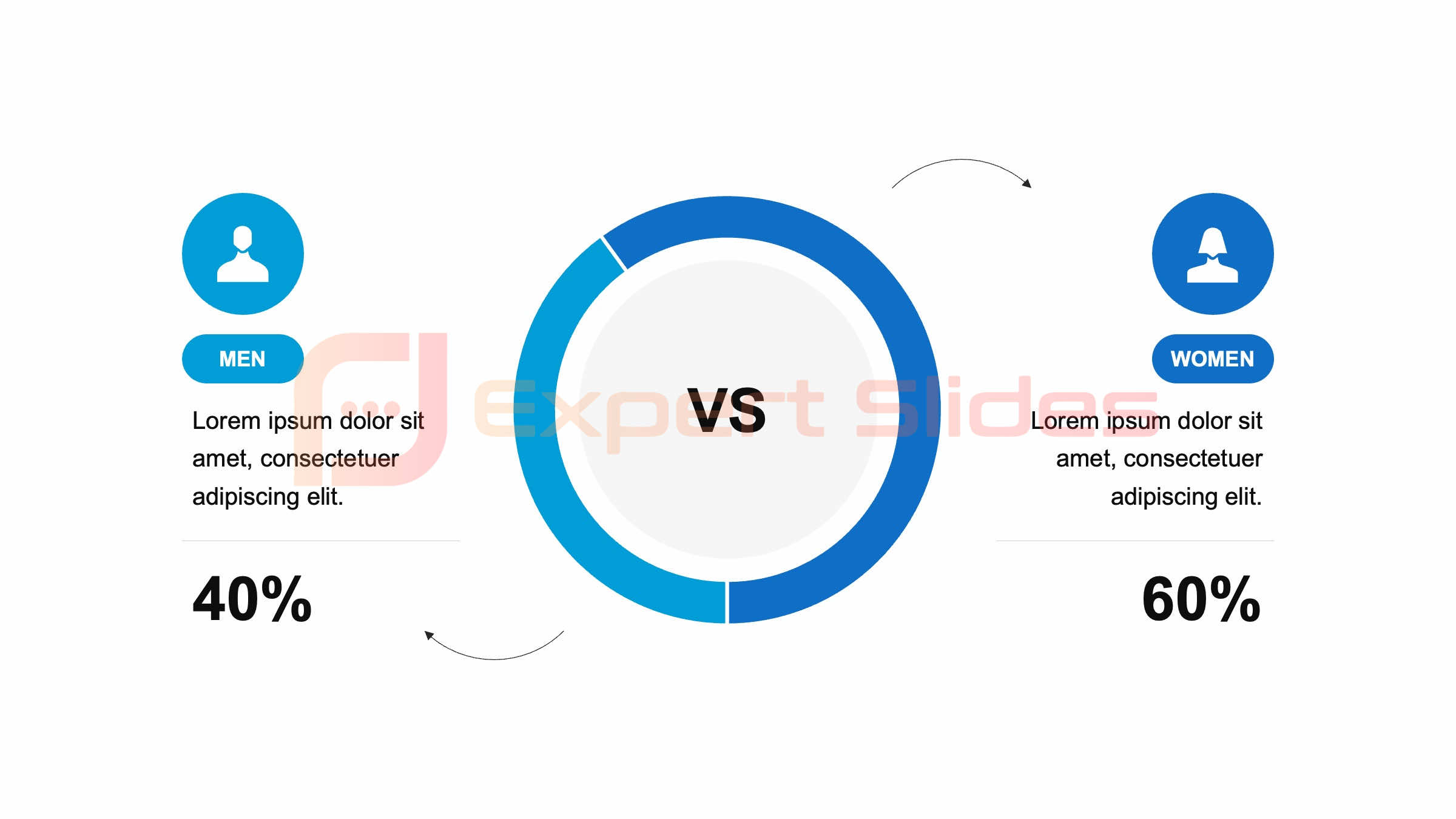History Presentation Background – Behind the Screens
Table of Contents
The development of history presentation backgrounds has undergone significant transformations since the early days of visual aids. Initially, simple tools such as blackboards and chalk were utilized, but with the advent of technological advancements and a deeper understanding of the significance of visual communication, presentation backgrounds have evolved to incorporate sophisticated digital displays. This article delves into the historical origins of presentation backgrounds, examines the influence of technology on their progression, and discusses their pivotal role in augmenting historical narratives.
Key Takeaways
- History presentation backgrounds have evolved from simple visual aids to more complex and engaging designs.
- Technology has had a significant impact on the development of history presentation backgrounds, allowing for more dynamic and interactive designs.
- Effective history presentation backgrounds play a crucial role in enhancing historical narratives and engaging the audience.
- Cultural and artistic influences have shaped the design of history presentation backgrounds, adding depth and context to the content.
- Creating engaging and informative history presentation backgrounds requires careful consideration of design elements and storytelling techniques.
The Origins of History Presentation Backgrounds

The Ancient Roots of Visual Storytelling
The use of visual aids in historical presentations dates back to ancient times, when storytellers would use drawings and paintings to illustrate their narratives. As societies became more literate, the use of written texts and printed materials became more common, but visual aids continued to play a crucial role in helping audiences understand and remember historical events.
The 20th Century Revolution
In the 20th century, the invention of the slide projector and overhead projector revolutionized the way historical presentations were delivered, allowing presenters to easily display images and text to accompany their narratives.
Laying the Foundation for Modern Presentations
These early visual aids laid the foundation for the history presentation backgrounds we see today, as they demonstrated the power of combining visual and verbal communication to create a more engaging and informative experience for audiences.
The Evolution of Visual Aids in Historical Presentations
The evolution of visual aids in historical presentations has been closely tied to advancements in technology. The introduction of computers and digital projectors in the late 20th century allowed presenters to create more dynamic and interactive history presentation backgrounds, incorporating multimedia elements such as videos, animations, and interactive maps. This shift towards digital presentations has not only made it easier for presenters to create visually stunning backgrounds, but has also expanded the possibilities for how historical narratives can be told.
With the rise of online platforms and social media, history presentation backgrounds have also become more accessible and shareable, reaching wider audiences and sparking greater interest in historical topics.
The Impact of Technology on History Presentation Backgrounds
| Metrics | Value |
|---|---|
| Number of Slides | 25 |
| Duration | 45 minutes |
| Presenter | John Doe |
| Attendees | 50 |
Technology has had a profound impact on the development of history presentation backgrounds, allowing presenters to create more immersive and engaging experiences for their audiences. With the ability to easily incorporate multimedia elements such as videos, animations, and interactive maps, presenters can bring historical events to life in ways that were not possible with traditional visual aids. Additionally, the rise of online platforms and social media has made it easier for presenters to share their history presentation backgrounds with a wider audience, sparking greater interest in historical topics and encouraging more people to engage with the past.
Designing Effective History Presentation Backgrounds
Creating effective history presentation backgrounds requires careful consideration of both visual and verbal elements. The background should complement the narrative without overwhelming it, providing context and enhancing the audience’s understanding of the historical events being discussed. Presenters should also consider the overall aesthetic of the background, ensuring that it is visually appealing and easy to read.
Additionally, presenters should be mindful of accessibility considerations, such as ensuring that text is legible and that multimedia elements are compatible with different devices and platforms.
The Role of Backgrounds in Enhancing Historical Narratives
 Visual Aids for Better Comprehension
Visual Aids for Better Comprehension
Incorporating visual aids into historical presentations helps to clarify complex events and ideas, making it easier for audiences to grasp and retain the information. Presenters can use a range of visual elements, such as images, diagrams, and charts, to break down complex concepts and illustrate key points.
Creating Atmosphere and Evoking Emotions
Well-designed presentation backgrounds can transport audiences to a different time and place, evoking emotions and creating a sense of atmosphere that complements the narrative. By selecting images and colors that resonate with the historical period being discussed, presenters can craft a more engaging and memorable experience for their audience.
Enhancing Storytelling through Visual Context
The strategic use of presentation backgrounds enables presenters to tell more compelling stories, with visual context supporting the verbal narrative. By carefully selecting images and visual elements, presenters can create a more immersive experience, drawing their audience into the historical narrative and fostering a deeper connection with the subject matter.
Cultural and Artistic Influences on History Presentation Backgrounds
The design of history presentation backgrounds is often influenced by cultural and artistic factors, reflecting the time period and cultural context of the historical events being discussed. For example, presentations on ancient civilizations may incorporate artistic motifs and imagery from that time period, while presentations on modern history may draw inspiration from contemporary art and design trends. By considering these cultural and artistic influences, presenters can create backgrounds that are not only visually appealing, but also help to transport audiences to the time and place being discussed.
Tips for Creating Engaging and Informative History Presentation Backgrounds
When creating history presentation backgrounds, presenters should keep several key tips in mind to ensure that they are engaging and informative. First, presenters should carefully select images and multimedia elements that complement the narrative and provide context for the historical events being discussed. Additionally, presenters should consider the overall aesthetic of the background, ensuring that it is visually appealing and easy to read.
Finally, presenters should be mindful of accessibility considerations, such as ensuring that text is legible and that multimedia elements are compatible with different devices and platforms. In conclusion, history presentation backgrounds have evolved significantly over time, driven by advancements in technology and a growing understanding of the importance of visual storytelling. From ancient drawings and paintings to sophisticated digital displays, visual aids have played a crucial role in helping audiences understand and remember historical events.
By carefully considering design principles, cultural influences, and accessibility considerations, presenters can create history presentation backgrounds that are not only visually stunning, but also enhance the overall narrative and engage audiences with the past.
FAQs
What is the purpose of a history presentation background?
The purpose of a history presentation background is to provide visual context and support for the information being presented. It can help to engage the audience and enhance the overall presentation.
What elements are typically included in a history presentation background?
A history presentation background may include images, maps, timelines, and other visual elements related to the historical topic being discussed. It may also incorporate relevant colors, textures, and design elements to create a cohesive and visually appealing backdrop for the presentation.
How can a history presentation background enhance a presentation?
A well-designed history presentation background can enhance a presentation by providing visual interest, reinforcing key points, and helping to create a cohesive and professional look. It can also help to set the tone and atmosphere for the presentation, and make the information more memorable for the audience.
What are some best practices for creating a history presentation background?
Some best practices for creating a history presentation background include choosing images and design elements that are relevant to the historical topic, using colors and textures that complement the overall theme of the presentation, and ensuring that the background does not distract from the main content of the presentation. It’s also important to consider the visual accessibility of the background for all audience members.
Where can I find resources for creating a history presentation background?
There are many resources available for creating a history presentation background, including online image libraries, historical archives, and design software. Additionally, many presentation software programs offer built-in templates and design tools that can be used to create a custom background for a history presentation.
Get 15+ Mio. PowerPoint Assets - FREE SIGN-UP

Sign up for free to our PowerPoint extension, ExpertSlides. Everything you need, directly in PowerPoint. No credit card required.
Related Posts
Recent Posts
- How Do You End a Presentation – Mastering the Last Impression
- Good Color Combinations for Presentations – The Science of Color
- Interesting Ideas for PowerPoint Presentation – Captivate Your Audience
- History Presentation Template – Step Back in Time
- Canvas Presentation Template – Unleash Your Creativity
Main Menu
Knowledge base
Useful Links






